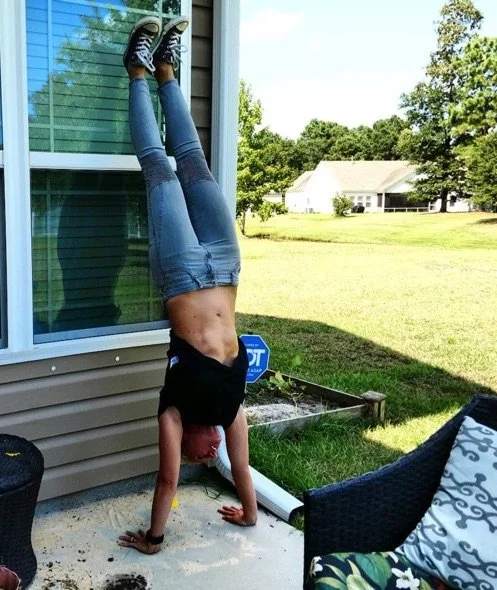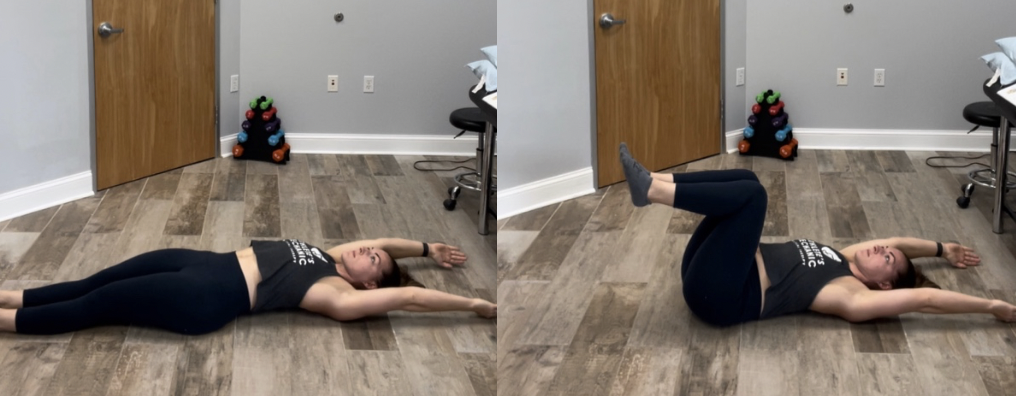So you started doing CrossFit, and have gotten used to all of the crazy lingo, heavy lifts, and WODs that make you feel like your heart is going to jump out of your chest. The next layer that can be quite challenging for people is gymnastics. Starting to learn how to do handstands and wall walks can feel very awkward and unfamiliar, especially if you do not have a gymnastics background. It is easy to get off balance and feel fall like a falling sack of potatoes! Maybe it is just me.
Handstands can be really difficult for most athletes, because we aren’t used to being upside down.
In CrossFit, the handstand hold is an important skill to develop before attempting handstand push-ups or walking. You must learn how to stand—before you can walk. The handstand requires a certain level of flexibility particularly in the spine, shoulders, and wrists. If you don’t have that flexibility- your body will find other ways to compensate, which may lead to movement dysfunction and injury.
Appropriate thoracic spine mobility
You should be able to rotate at least to a 45-degree angle. (To give you a point of reference, if you have your arm straight out to the side, that is a 90-degree angle. Half of that is 45 degrees.) If you notice it is hard to twist to either side or it feels stiff, try this easy exercise to get your upper back moving better.
Exercise to improve thoracic mobility:
Open books at wall with band 2x15 ea side.
2. Appropriate Shoulder Mobility
Next, let’s check out how well your shoulders move. Lay on your back with your legs straight. Move your arms out to the sides like you are doing a snow angel all the way up so your arms frame your head. Then relax your arms back to neutral. Then, pull your legs up so that you are in a “chair position” as shown below and repeat the snow angel. In both positions, you should be able to move your arms overhead equally.
Exercise to improve shoulder mobility
If you notice that one side feels tighter than the other, try this stretch 2x30 secs on each side. See image below.
3. Wrist mobility
Last of all, let’s address your wrists. It is important that you take care of your wrists in a handstand because all of your weight is going through this joint. If you do not have good movement in your wrists then it will cause you to compensate somewhere else up the chain, and since we are upside-down, this would mean it could cause pain in your elbows or shoulders.
Try this exercise prior to your handstand practice, in order to prep your wrists and get them feeling loose and not stiff.
As always, if you struggle with these movements and want some extra help you can always call to set up a free discovery call to discuss if performance physical therapy is the right fit for you!
Need more help?
Reach out to one of our Physical Therapist’s at Athlete’s Mechanic to help!




